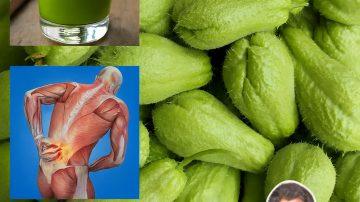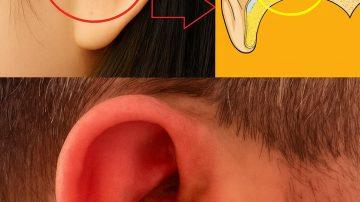Crowfoot Grass—commonly referring to species like Goosegrass ($\text{Eleusine indica}$) or Egyptian Crowfoot Grass ($\text{Dactyloctenium aegyptium}$)—is a ubiquitous weed found in disturbed soils worldwide. While notorious for its resilience in lawns and gardens, this grass is a long-standing component of traditional medicine and, surprisingly, a famine food in parts of Asia and Africa. Its impressive chemical profile reveals a wealth of therapeutic properties often overlooked by modern society.
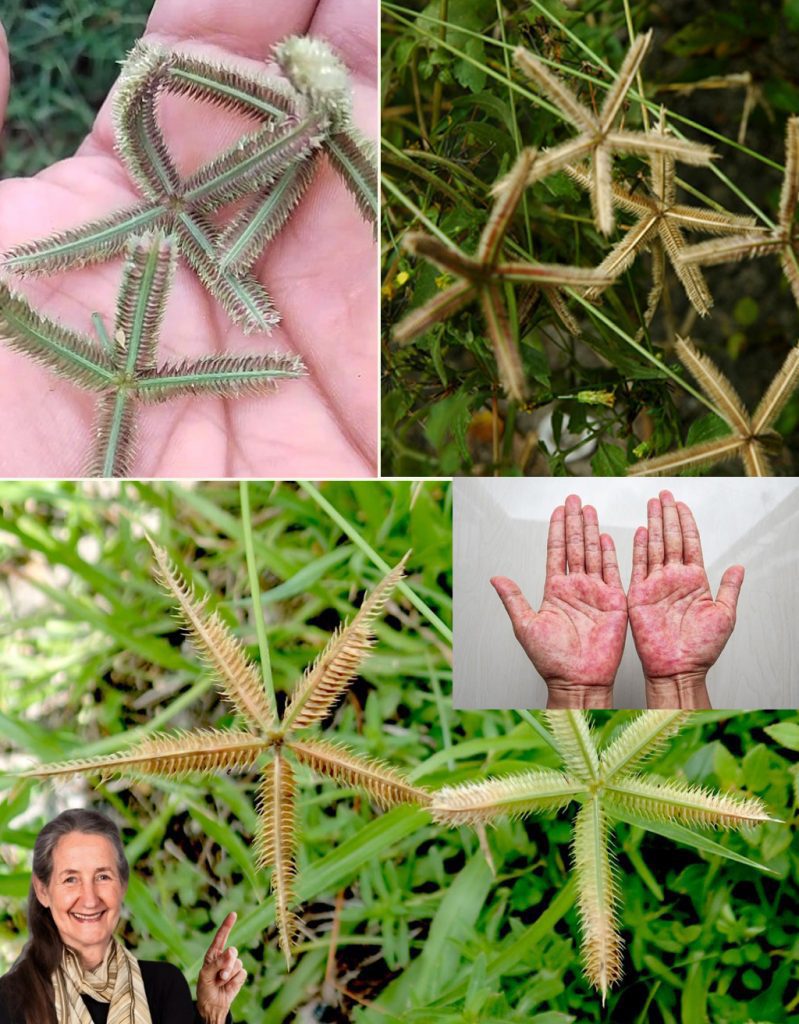
Here are 13 incredible, traditional, and researched benefits attributed to Crowfoot Grass, making it a valuable resource for health and home:
Health & Medicinal Benefits (Internal) 💊
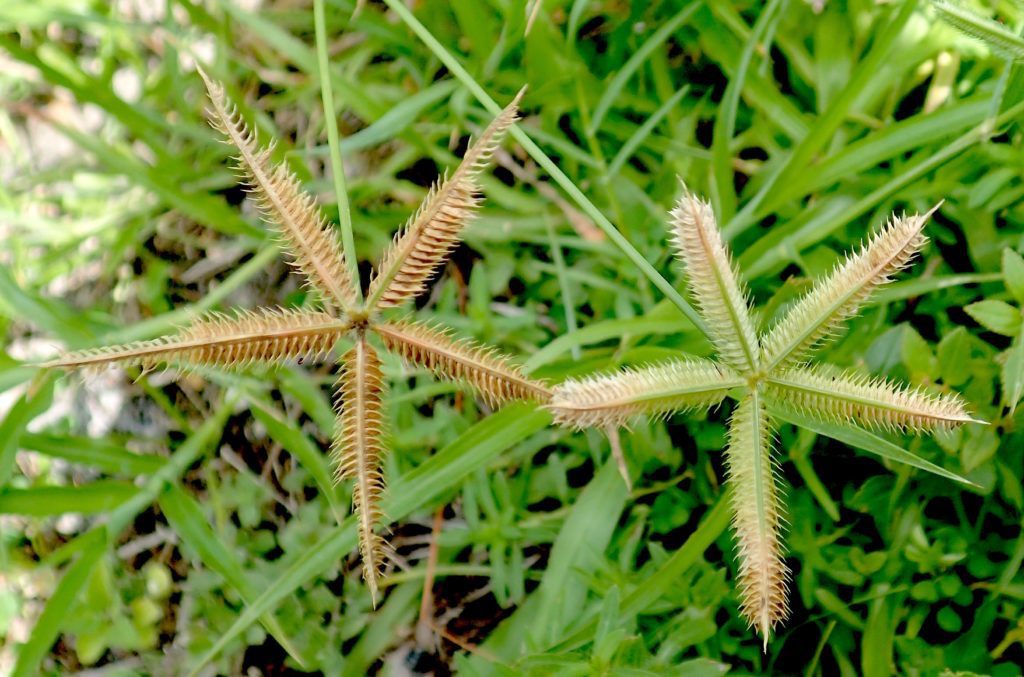
- Potent Diuretic Action: The whole plant, particularly the root, is highly valued as a strong diuretic. Traditional uses include treating conditions like $\text{oliguria}$ (low urine output) and promoting kidney health by flushing toxins and excess fluid.
- Anti-Inflammatory Relief: Extracts from the grass exhibit significant anti-inflammatory properties, traditionally used to alleviate inflammation associated with conditions like arthritis and rheumatism.
- Hepatoprotective (Liver Support): Several studies support the traditional use of the plant for liver complaints. Its antioxidant compounds are believed to offer a protective effect against chemically-induced liver damage and reduce oxidative stress.
- Blood Pressure Management: Used in traditional Vietnamese medicine for $\text{hypertension}$, the plant’s diuretic and mineral content may contribute to regulating blood pressure by supporting fluid balance.
- Antimicrobial & Antifungal Properties: Extracts have demonstrated activity against various pathogens, including common bacteria like $\text{Staphylococcus aureus}$ and fungi like $\text{Candida albicans}$, supporting its traditional use against infections.
- Antioxidant Powerhouse: The plant is rich in secondary metabolites, including $\text{flavonoids}$, $\text{phenols}$, and $\text{terpenoids}$, which provide strong antioxidant activity to combat free radicals and support overall cellular health.
- Febrifuge (Fever Reducer): In several cultures, a decoction or juice from the fresh plant is used to help control and reduce fever.
- Digestive Aid: Traditional uses include employing the plant as an astringent to treat diarrhea and dysentery, while other preparations use it as a mild $\text{laxative}$ to relieve constipation.
Home & Practical Uses 🪴
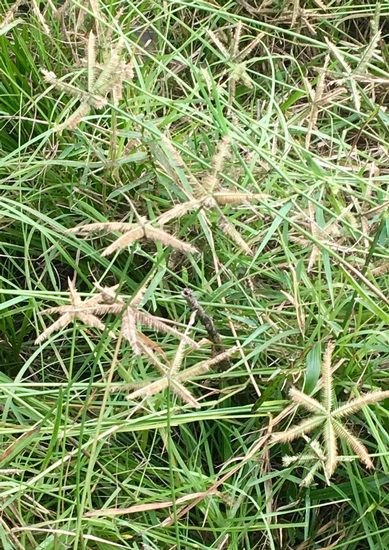
- Famine Food Source: The seeds of both $\text{Eleusine indica}$ and $\text{Dactyloctenium aegyptium}$ are small but highly resilient, and have been used as a food grain, often ground into a flour for gruel or cakes, during times of scarcity.
- Nutrient-Rich Forage: Crowfoot Grass is widely utilized as a nutritious and palatable forage grass, relished by livestock (cattle, goats, etc.), particularly in arid and semi-arid regions.
- Wound Healing & Topical Use: Traditionally, the crushed leaves have been applied as a poultice to external wounds, ulcers, and skin infections (like ringworm) to leverage its anti-inflammatory and antimicrobial qualities.
- Soil Stabilization: The grass’s robust, extensive root system makes it an excellent choice for environmental applications like erosion control and stabilizing sandy soils and coastal dunes.
- Traditional Aid for Childbirth: In some traditional practices, portions of the plant or its leaf extracts were used to help quicken or hasten the delivery of the placenta after childbirth.
⚠️ Cautionary Note
While $\text{Eleusine indica}$ is generally considered safe, some species of Crowfoot Grass ($\text{Dactyloctenium aegyptium}$) can contain high concentrations of cyanogenic glycosides during specific growth phases. When consumed by livestock (or humans) in large amounts during these phases, these substances can release cyanide, posing a poisoning risk. Therefore, it is crucial to accurately identify the specific species and use it with caution based on established local knowledge. Always consult a qualified herbalist or healthcare professional before using any wild plant for medicinal purposes.


